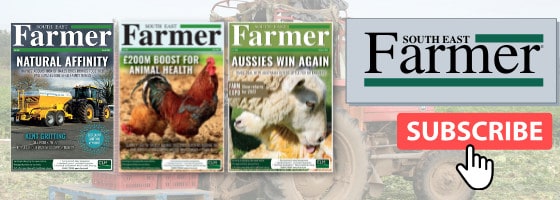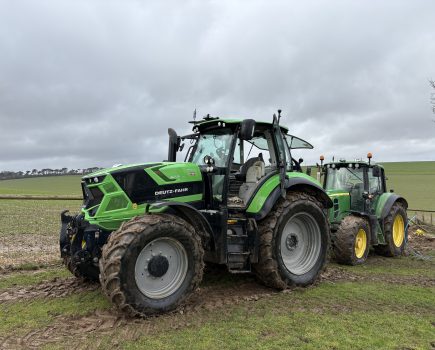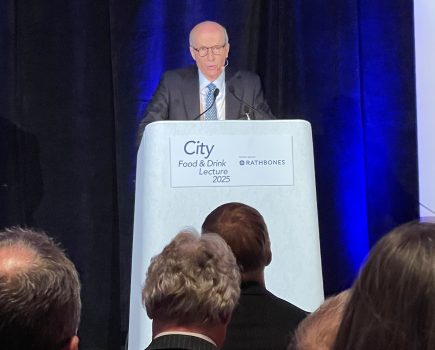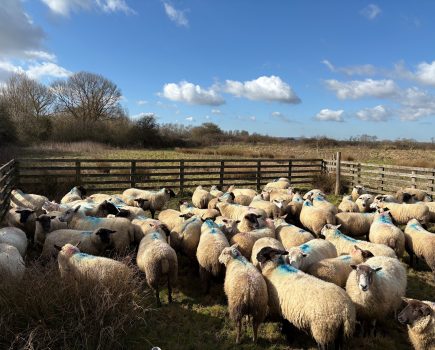The NFU continues to encourage us to drive our tractors up and down Whitehall to protest against the reintroduction of inheritance tax (IHT) on farmland. We will, though, soon find the turnout for these demonstrations is in decline, not only because spring is a busy time for most of us (so we have other uses for our tractors) but also because it’s becoming ever more apparent that IHT is now the least troubling in a whole series of dire economic threats that are in danger of engulfing our farms.
As we know, avoiding IHT is relatively simple for most of us. We can just give our farms away at least seven years before we die. As I keep telling my five daughters, even if I decide not to give them the farm, why should I worry? I won’t be around to settle the account and, anyway, their tax bill could soon be settled by selling off the odd field for pony paddocks and the like (and, who knows, we might by then get a change of government that will reverse the whole IHT on farmland policy anyway.)
No, if I’m worrying about potential threats, I prefer to fret about issues that are already impacting my farm. As I pointed out in these pages a few months ago, for many farmers the huge reduction in ‘decoupled’ basic payments announced in the October budget represents a much more dire crisis to their businesses than IHT. (Knight Frank estimates that, thanks to the cuts, the average English cereal farm will see a 24% drop in profits this year.)
But other problems are looming. We have got rather used to the crisis affecting the government’s various agri-environment schemes. For some time, front line Natural England staff have been left with little guidance about likely funding of the myriad new schemes that have come forward in recent years. Those issues have now come to a head with the shock closure for further applications for this year of the Sustainable Farming Incentive, which only a few years ago was launched as the central plank of post-Brexit farm policy in England.
As if all this is not concerning enough, there is the more prosaic but nonetheless very worrying reality that I still have last year’s harvest in the barn and the prices I’m being offered for it are disastrous.
Grain prices have been dismal for two years and the latest insulting bid that I have for my feed wheat is £160 per tonne. This is a price, I reminded the merchant, that I received for wheat as long ago as 1995, when a new 125hp tractor cost £25,000 and a tractor driver’s wage was £250 per week. It’s also worth remembering that arable cropping in 1995 benefitted from the EU’s Arable Area Aid scheme which paid farmers subsidies of up to £400 per hectare to grow crops like linseed.
The provisional Farm Business Income Survey, by type of farm, in England to February 2024/25 has recently been published. Not surprisingly, arable farm incomes show a 25% drop to an average of £27,000, a sum which has to be shared between all family members in a business who don’t draw a salary. Unless there is soon a dramatic improvement in grain prices, it’s difficult to see how arable incomes will recover in the year ahead.







